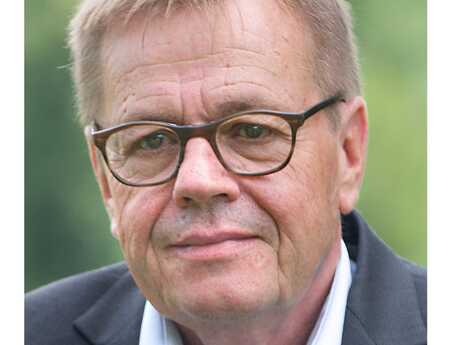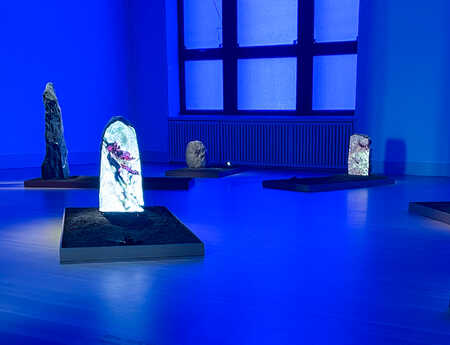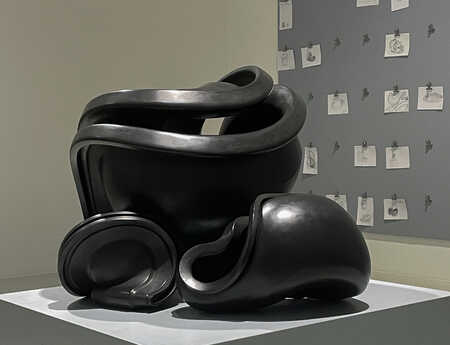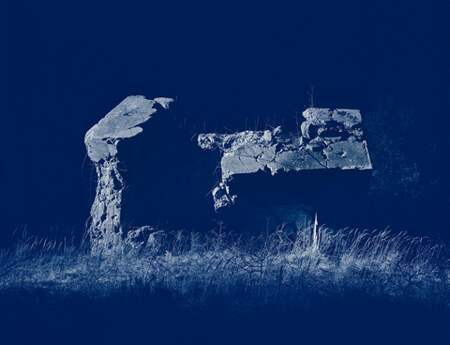Mothers and Daughters
Mother Heide Wagner and daughter Susanne Wagner enliven the Rathausgalerie in the Bavarian capital Munich with their exhibition Mamma. Mamma takes place in the former cashier’s office of the Munich City Hall building and is spread over an area of more than 700 square metres. The title says it all: the exhibition focuses on the female body, on the role of mothers today and on the social attributions that women still (have to) experience.

Designed at the beginning of the 20th century by Georg von Hauberrisser, the main cashier’s office of the Städtische Sparkasse in the neo-gothic town hall building was once the first port of call for many Munich residents, who could pay here in cash their taxes, fees and charges until the 1970s. The neo-Baroque fountain in Adnet marble, designed by an unknown sculptor, stands in the centre of the room and is now crammed with 700 plaster-cast, colourfully painted balls, resembling a giant fruit bowl of sugar and honeydew melons, watermelons and cantaloupes. What at first sight looks like fruit is actually woman’s breasts. A nip slip in the Garden of Eden? A contribution to the current performance to expose or veil the female breast? The female breasts pouring out of the fountain and lying on the floor not only put the focus on the female body, but also aim to take a (new) look at conventional gender patterns and set the motto of the exhibition. The Latin word “mamma” is the medical term for the female breast, and so the focus on the “female” is evident in the joint exhibition of the two artists, mother and daughter.
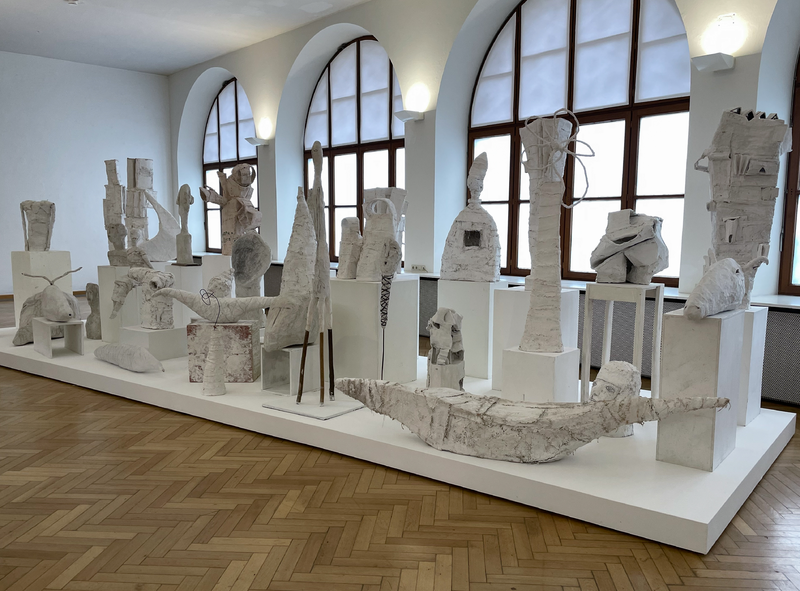
Heide Wagner (*1944) presents figurative plaster works that she has created over the past three centuries. They are closely grouped and placed on a slightly raised plinth: creatures that resemble humans or animals in various forms and appearances. Artistic and formal explorations of human and animal anatomy are juxtaposed with architectural illusions in a representational world of everyday life.

The works of her daughter Susanne Wagner (*1977) are quite different. Alongside the installation Mamma (2024), the object Widmung (engl. Dedication), also from 2024, takes centre stage: a mannequin in a wedding dress with a 20-metre-long train of worn clothing – lingerie, curtains and bed linen, a patchwork of used textiles. The bride is standing in front of a closed door with her back to the observers. The end of the huge train is open. Is she going to leave? Whatever has happened or is about to happen remains a secret: domestic violence, sexual harassment? We see something similar in the video work The Sadness of Marilyn, which takes up the 1954 scene of Marilyn’s dress billowing over a windy subway grate. The short video shows “Marilyn” wearing a dress made of foil and plaster and held in place by nylon cords. Large scissors slowly cut off the cords, leaving the woman standing in the middle of a pile of broken fragments.
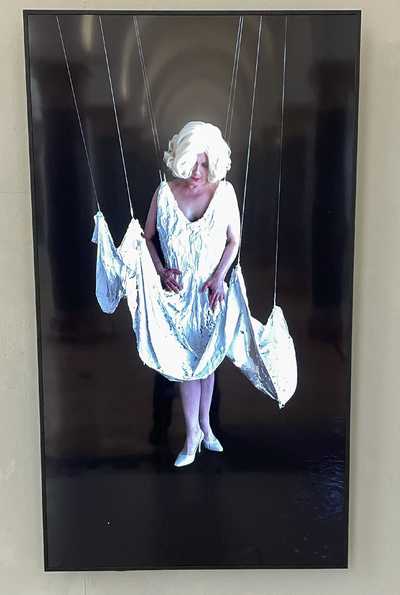
Despite their individual approaches, both artists follow the principle that the form must be right, and both experiment with different materials and media. To create her sculptures, Heide Wagner applies layer upon layer of different materials – fabric, cardboard, newspaper and plaster – until she is satisfied with the final shape and form. Susanne Wagner develops an individual craft strategy for each of her works, which helps to give shape to her idea. Both sculptors dominate the space, free from the austerity of predominantly male minimalism, and place the role of women in the 21st century at the centre of their work.
The Mamma exhibition runs until Sunday, April 27 (Tuesday-Saturday from 13.00h until 19.00h, and Sunday from 11.00h until 19.00h) at the Rathausgalerie, Marienplatz 8. Admission is free of charge.
Willy Hafner wrote this article in German.

